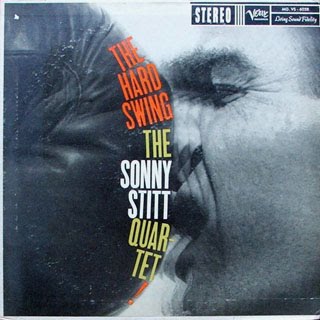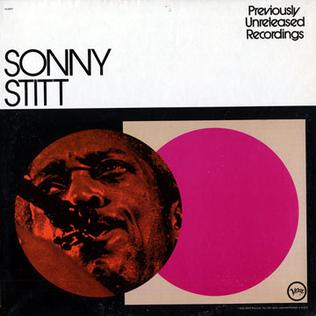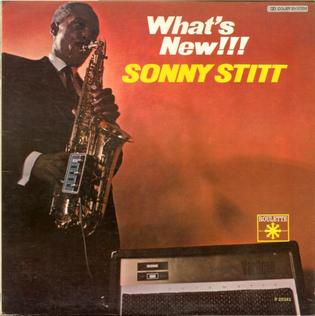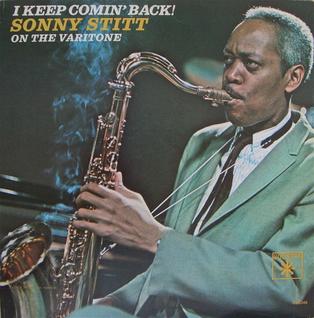| Parallel-a-Stitt | ||||
|---|---|---|---|---|
 | ||||
| Studio album by Sonny Stitt | ||||
| Released | 1967 | |||
| Recorded | 1967 | |||
| Genre | Jazz | |||
| Label | Roulette SR-25354 | |||
| Producer | Henry Glover | |||
| Sonny Stitt chronology | ||||
| ||||
Parallel-a-Stitt (subtitled Sonny Stitt on the Varitone) is an album by saxophonist Sonny Stitt recorded in 1967 and released on the Roulette label. [1] The album represents Stitt's third featuring the varitone, an electronic amplification device which altered the saxophone's sound. [2]

Edward Hammond Boatner Jr., known professionally as Sonny Stitt, was an American jazz saxophonist of the bebop/hard bop idiom. Known for his warm tone, he was one of the best-documented saxophonists of his generation, recording more than 100 albums. He was nicknamed the "Lone Wolf" by jazz critic Dan Morgenstern because of his relentless touring and devotion to jazz. Stitt was sometimes viewed as a Charlie Parker mimic, especially earlier in his career, but gradually came to develop his own sound and style, particularly when performing on tenor sax.
Roulette Records was an American record company and label founded in 1957 by George Goldner, Joe Kolsky, Morris Levy and Phil Kahl, with creative control given to producers and songwriters Hugo Peretti and Luigi Creatore. Levy was appointed director.
The Varitone was a woodwind pickup and effects unit, allowing direct amplification of the instrument and the introduction of various electronic effects. It was marketed in 1967 by the Selmer Company, which developed units for flute, saxophone, and clarinet. The system included an integrated pickup microphone and a control box which allowed the player to use effects such as tremolo, basic EQ, simultaneous sub-octaves and echo in conjunction with a purpose built amplifier. The ceramic microphone was developed to withstand high sound pressure and moisture levels, and built into the head joint of the flute, the neck-joint of the saxophone, and the barrel joint of the clarinet. The pickup was wired to a preamplifier and control box which was either mounted to the bottom key guard, clipped to the player's belt, or hung on a cord around the players neck.




















